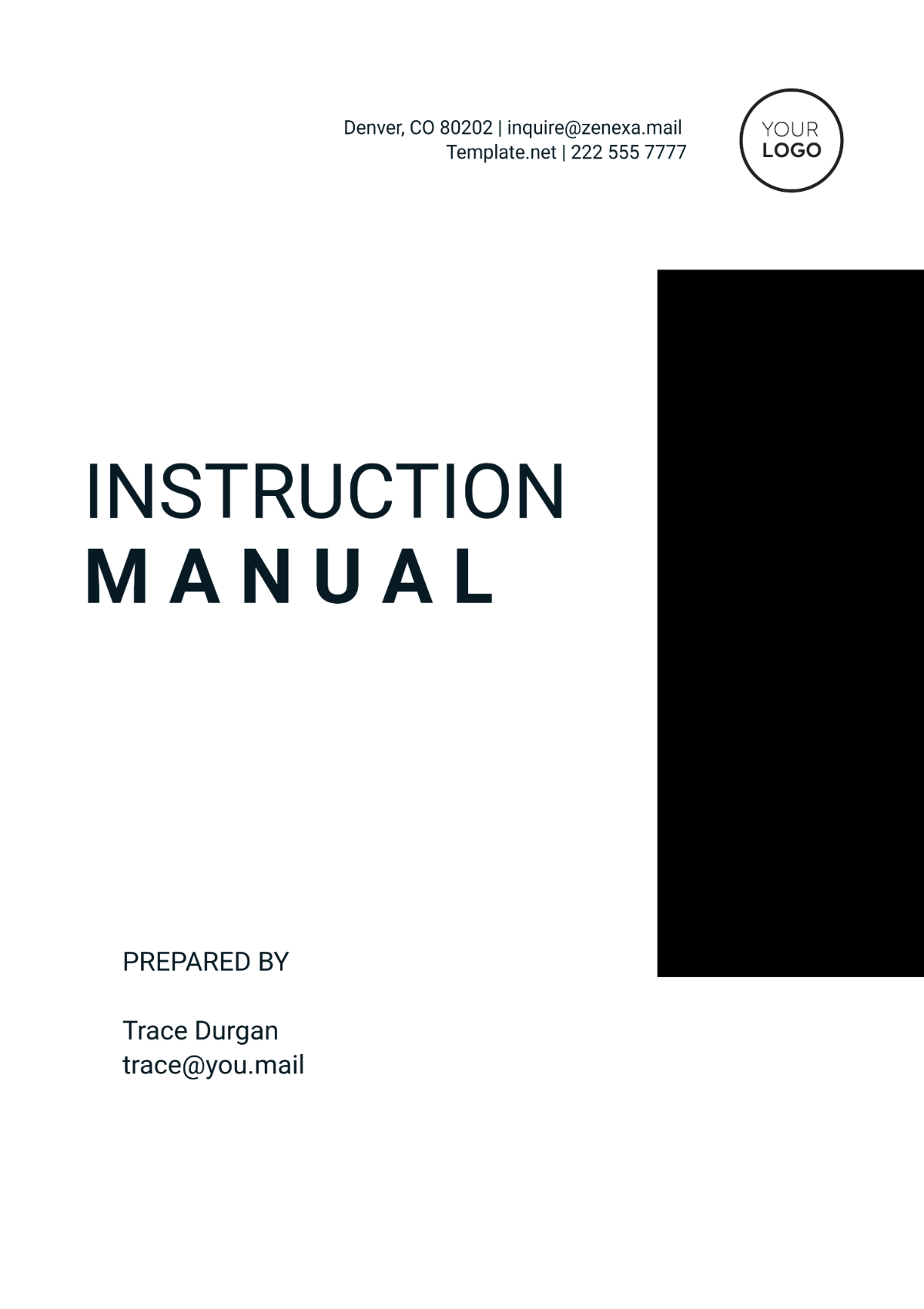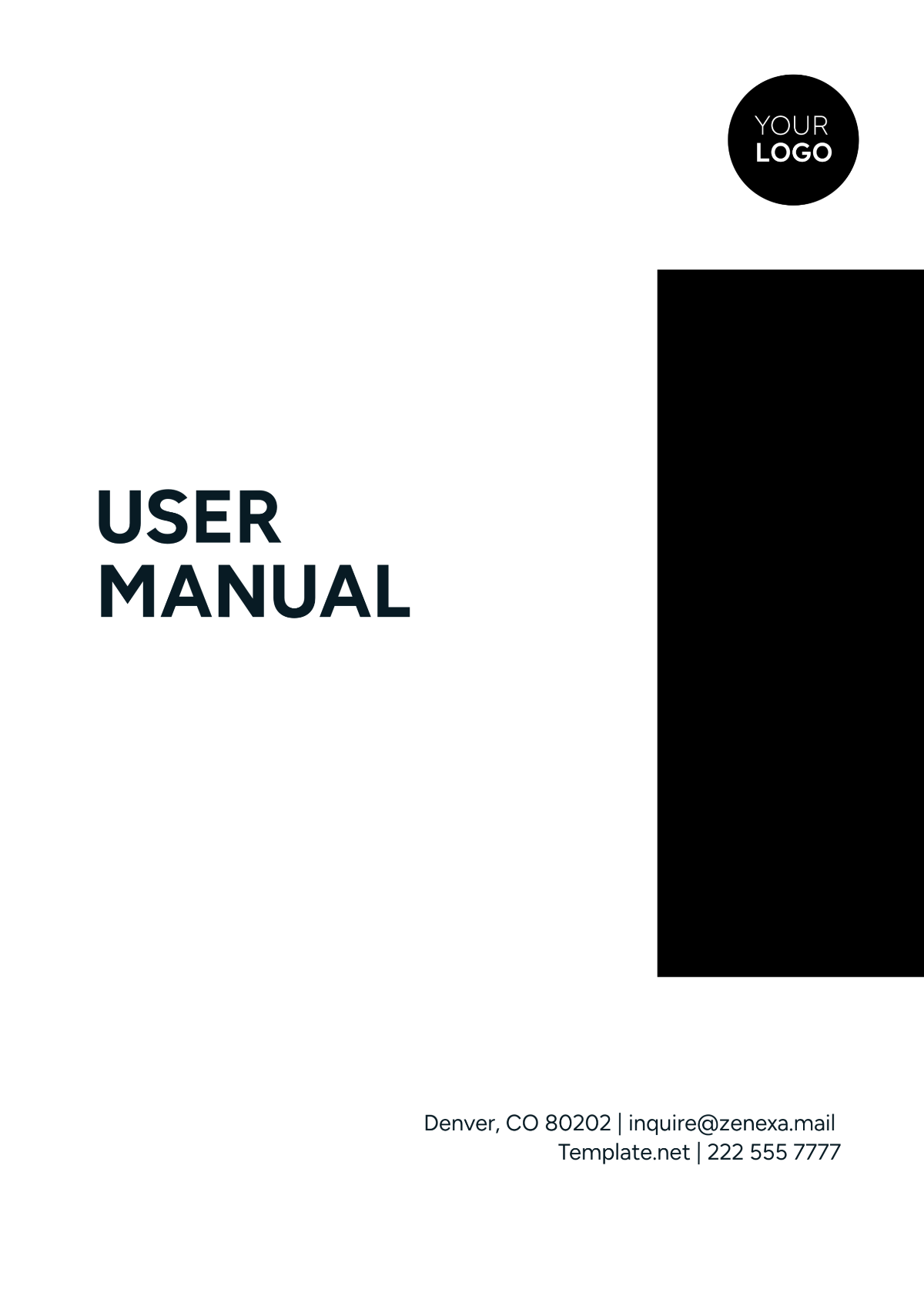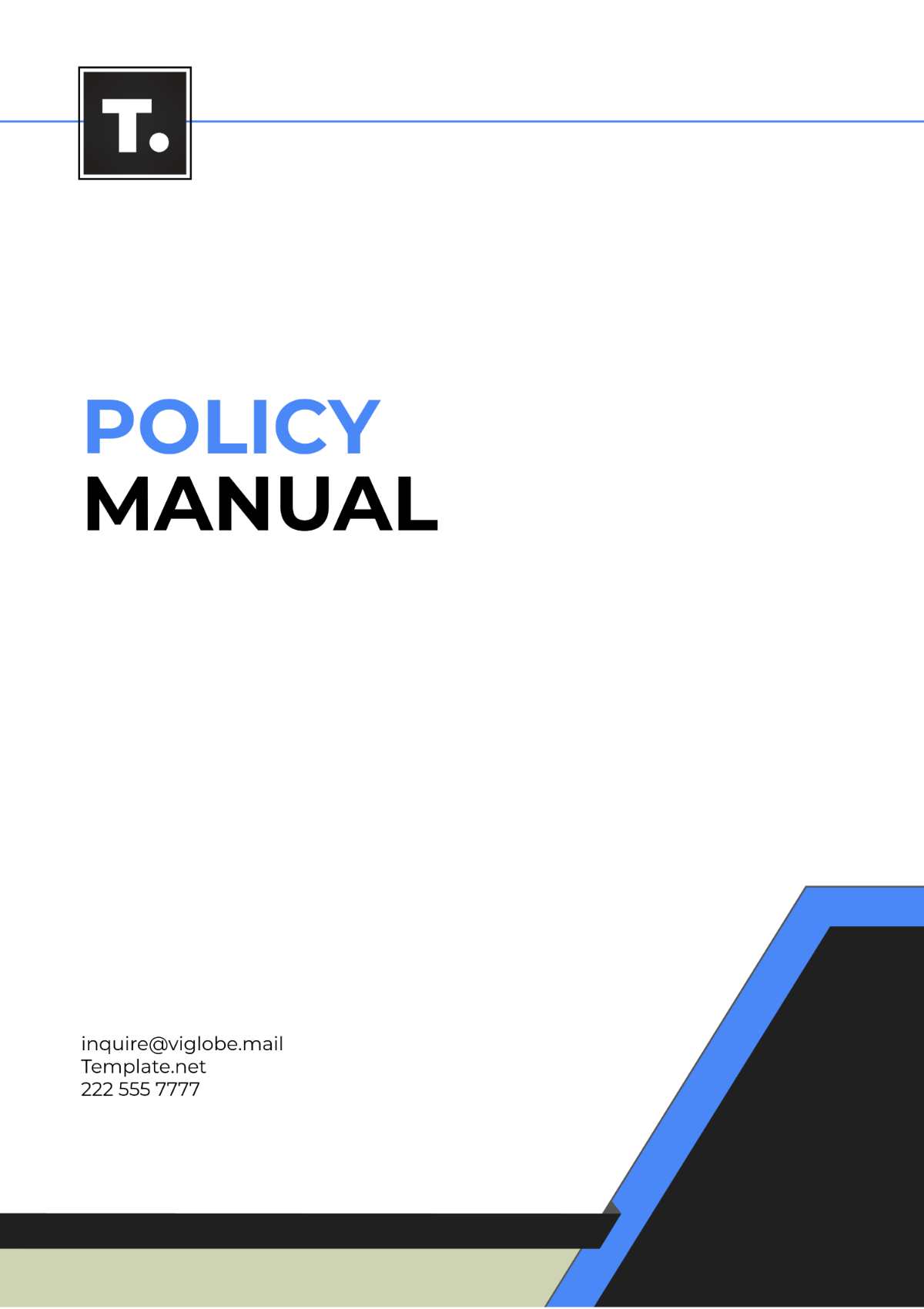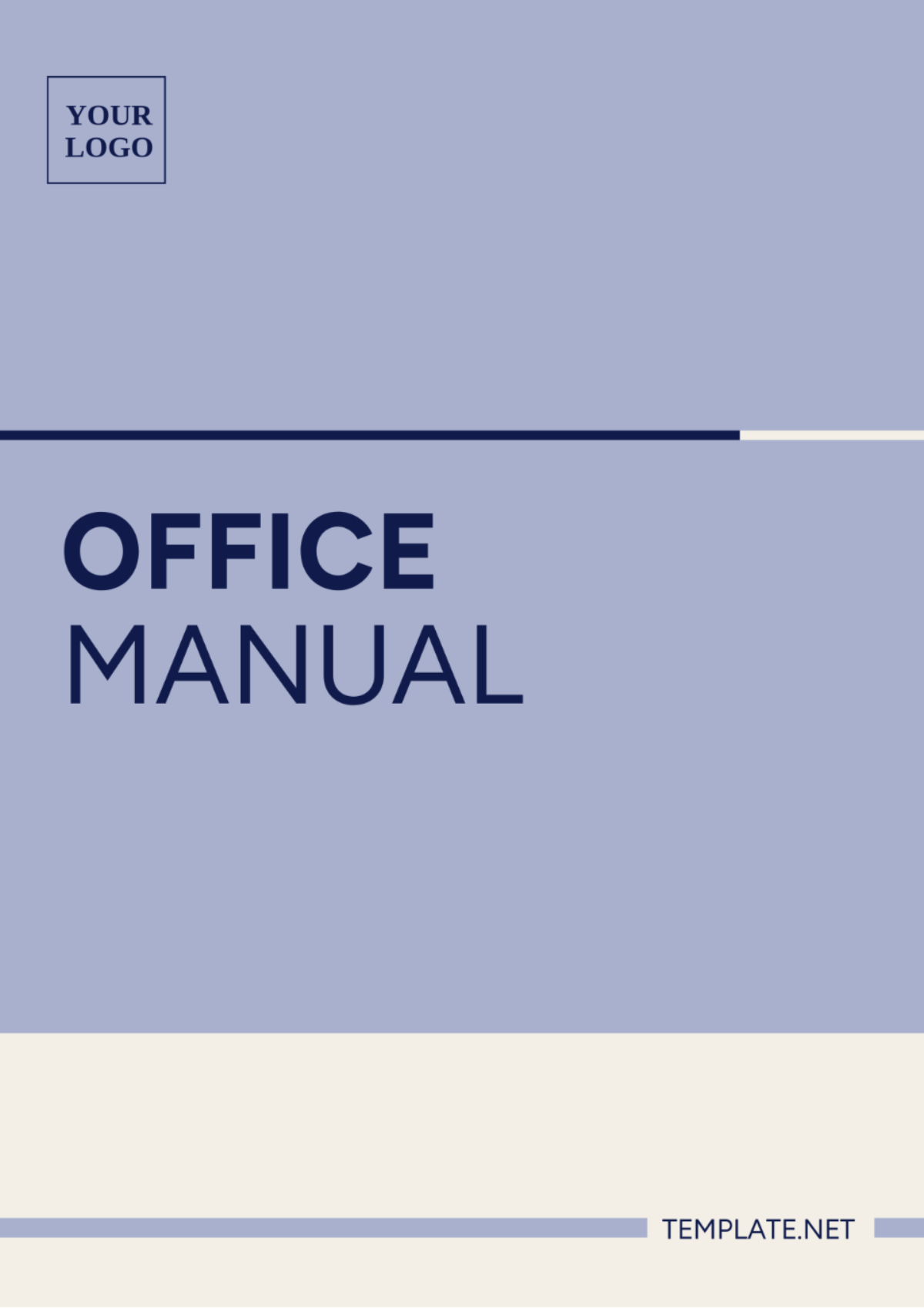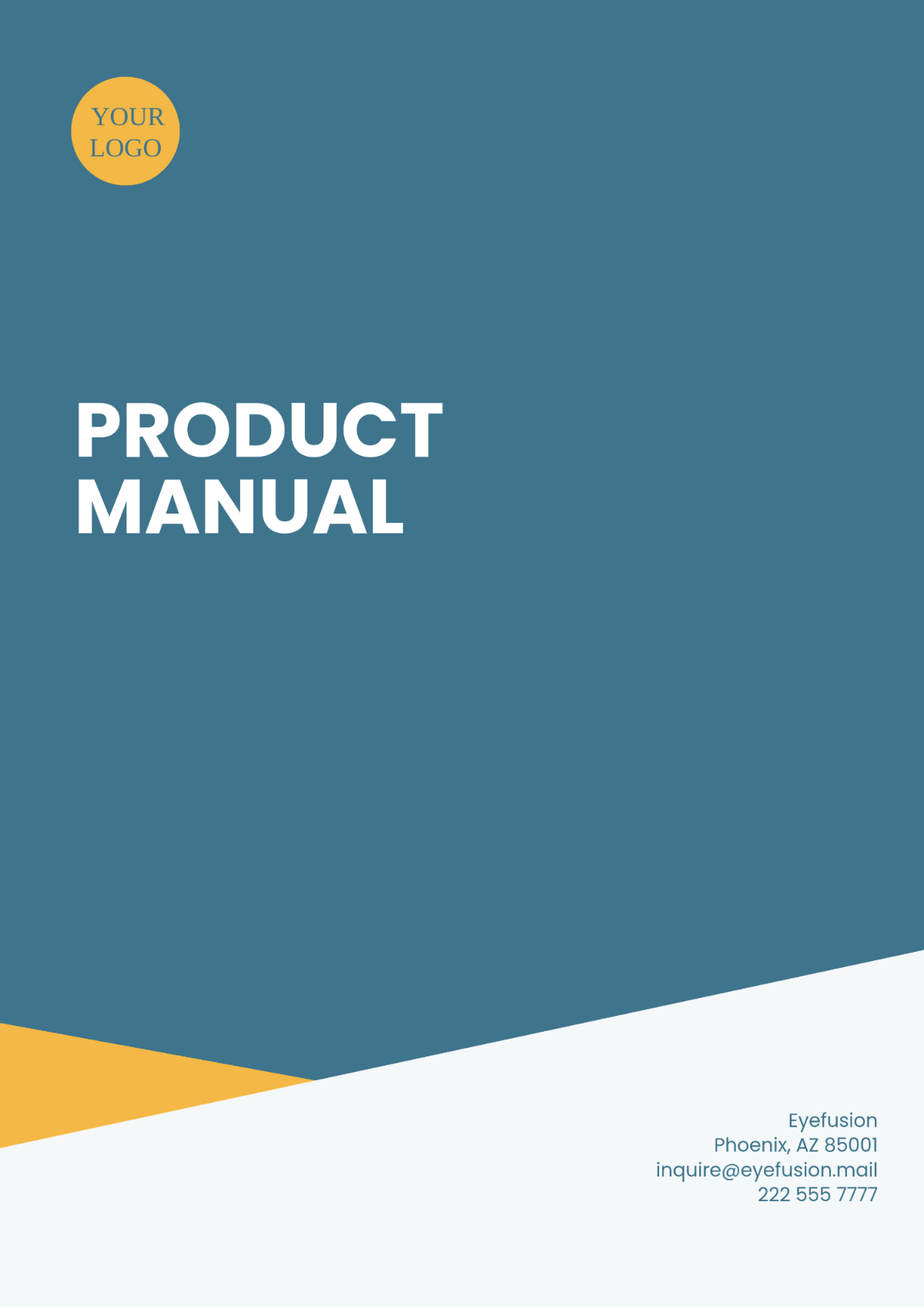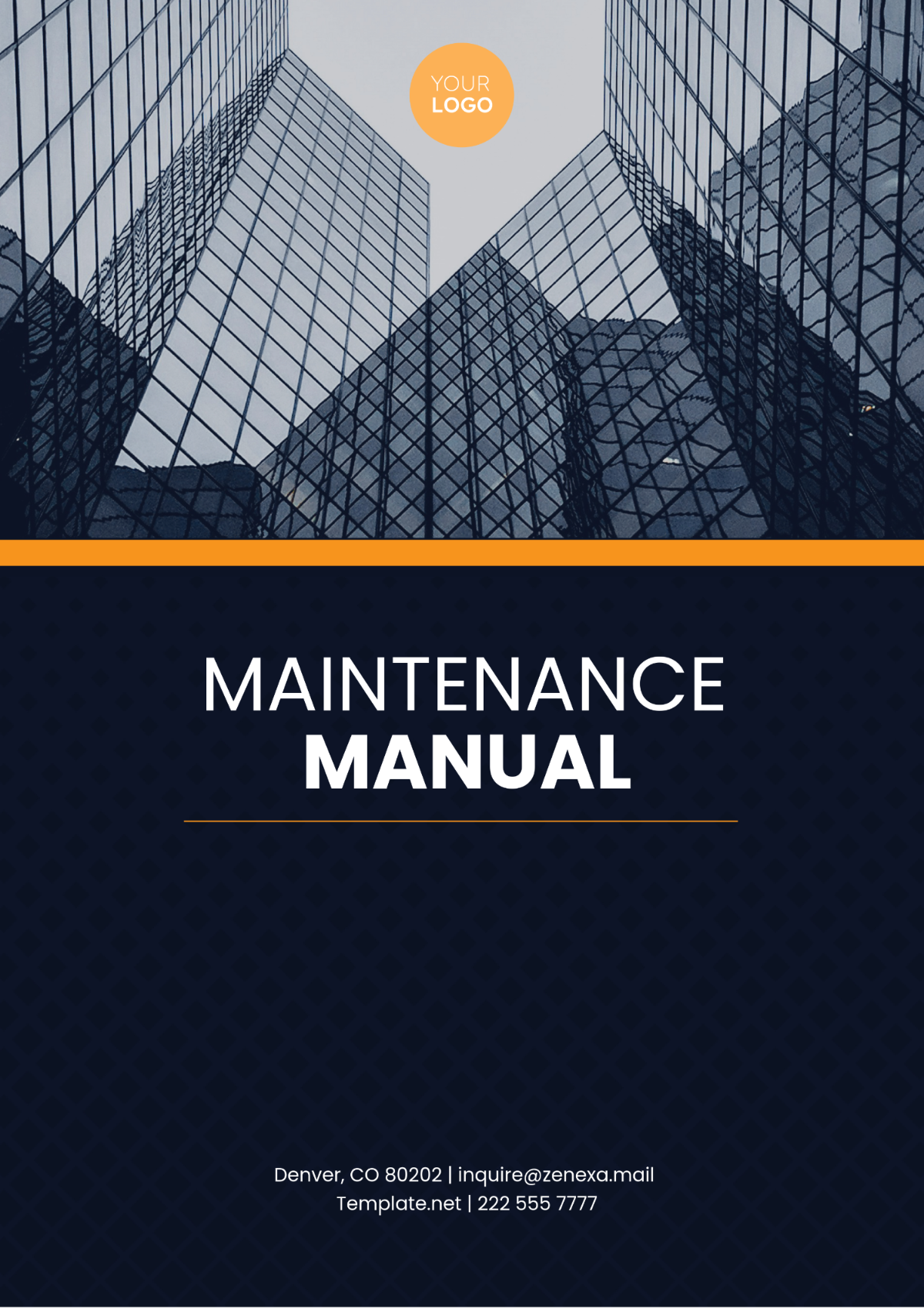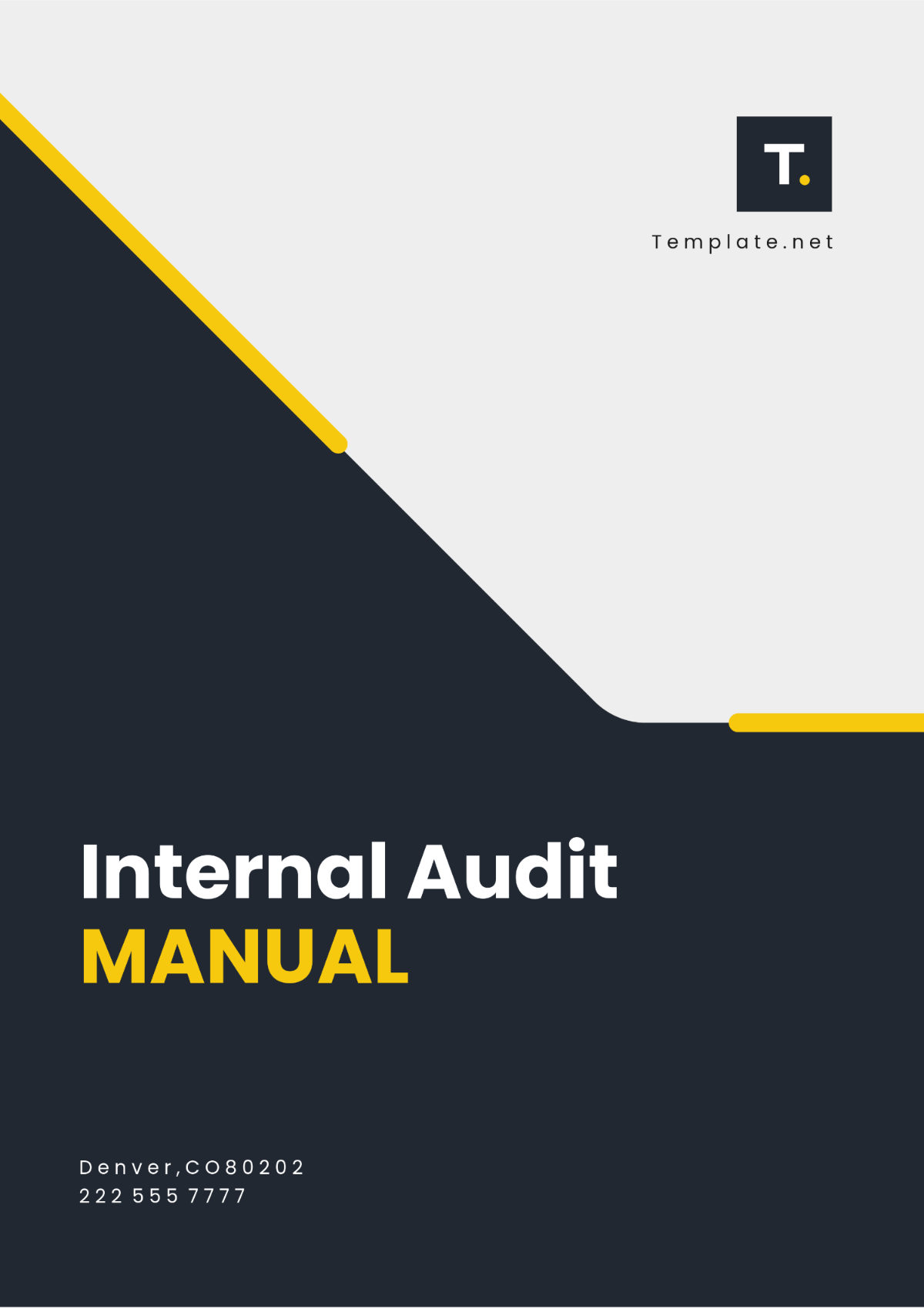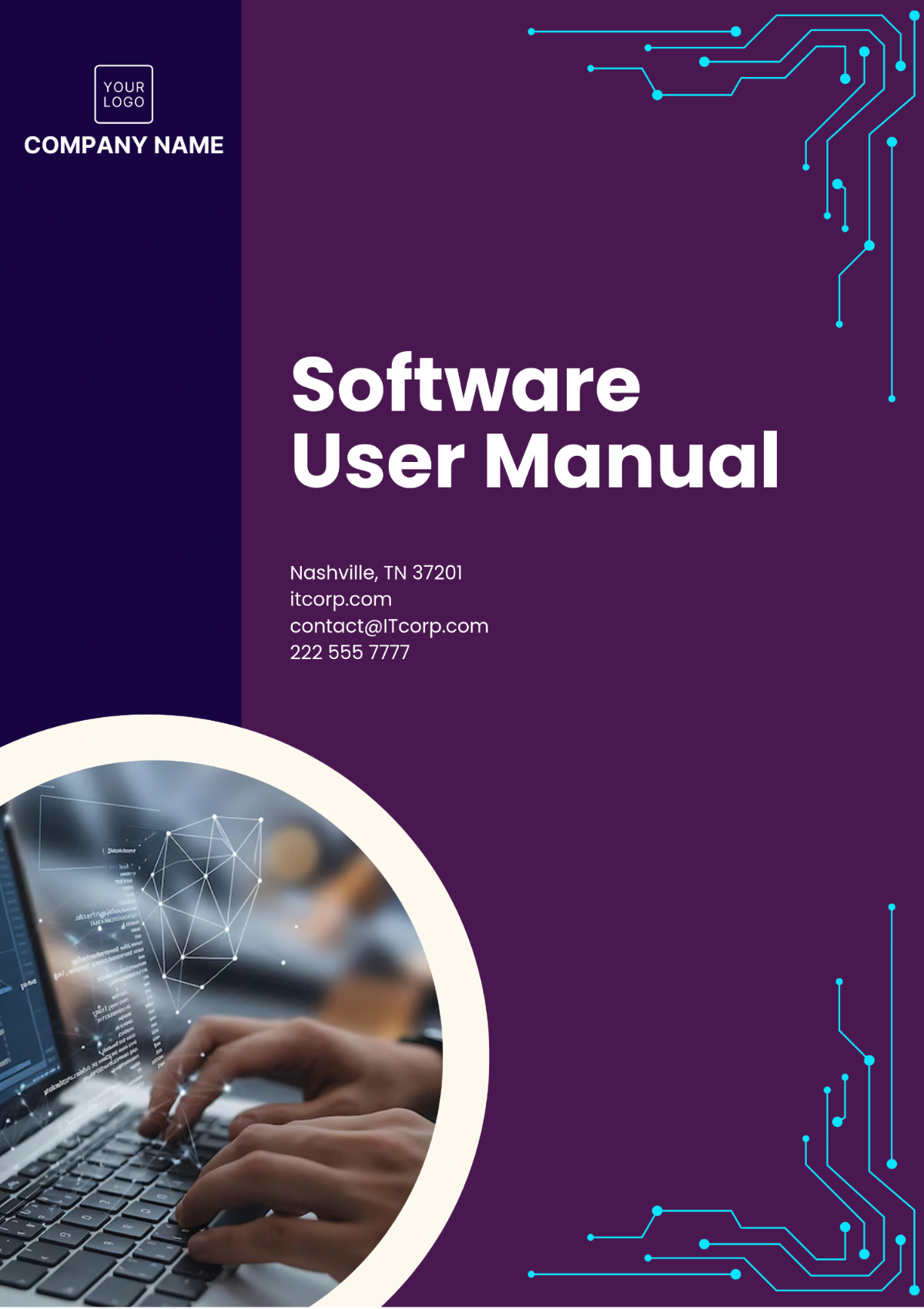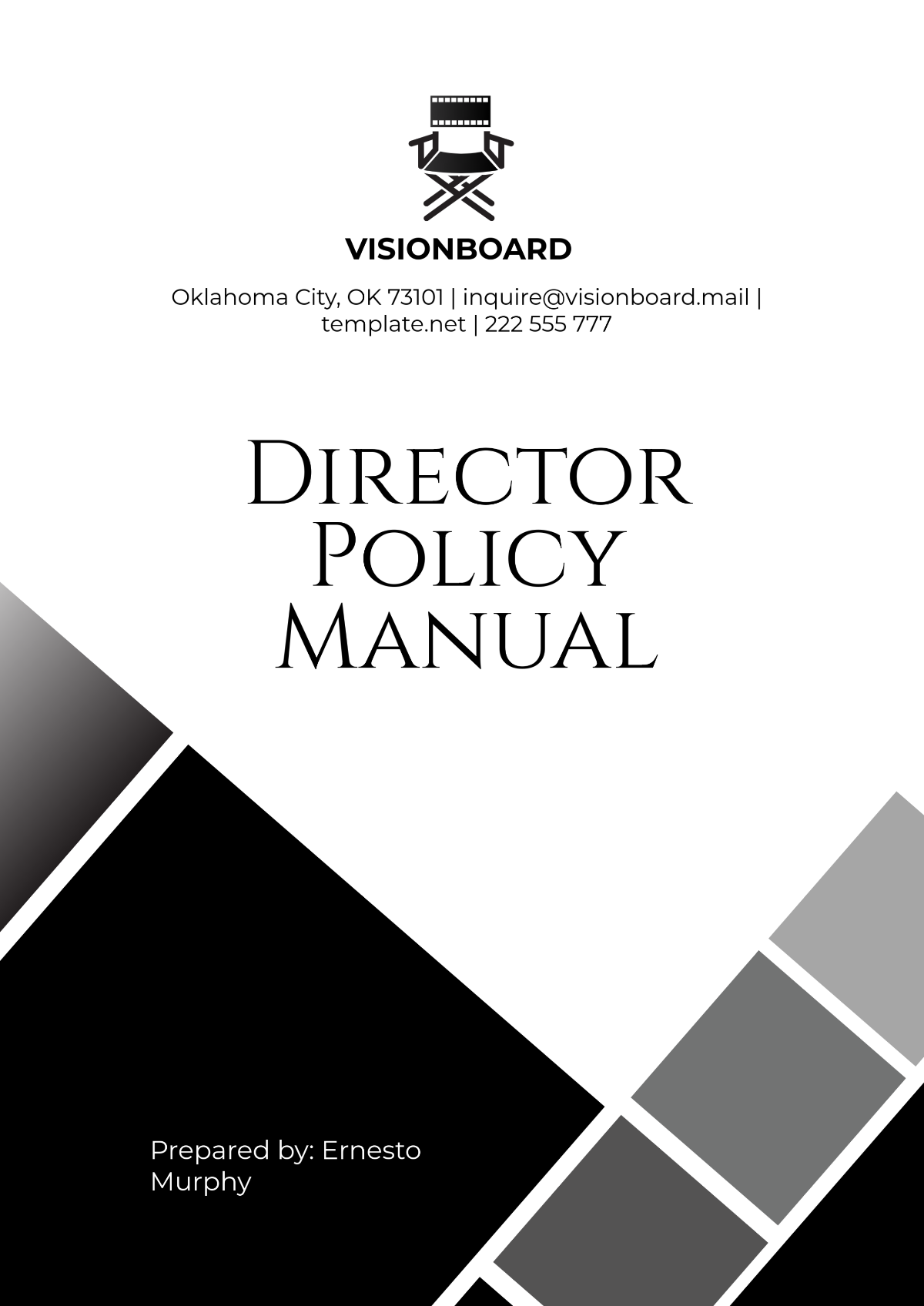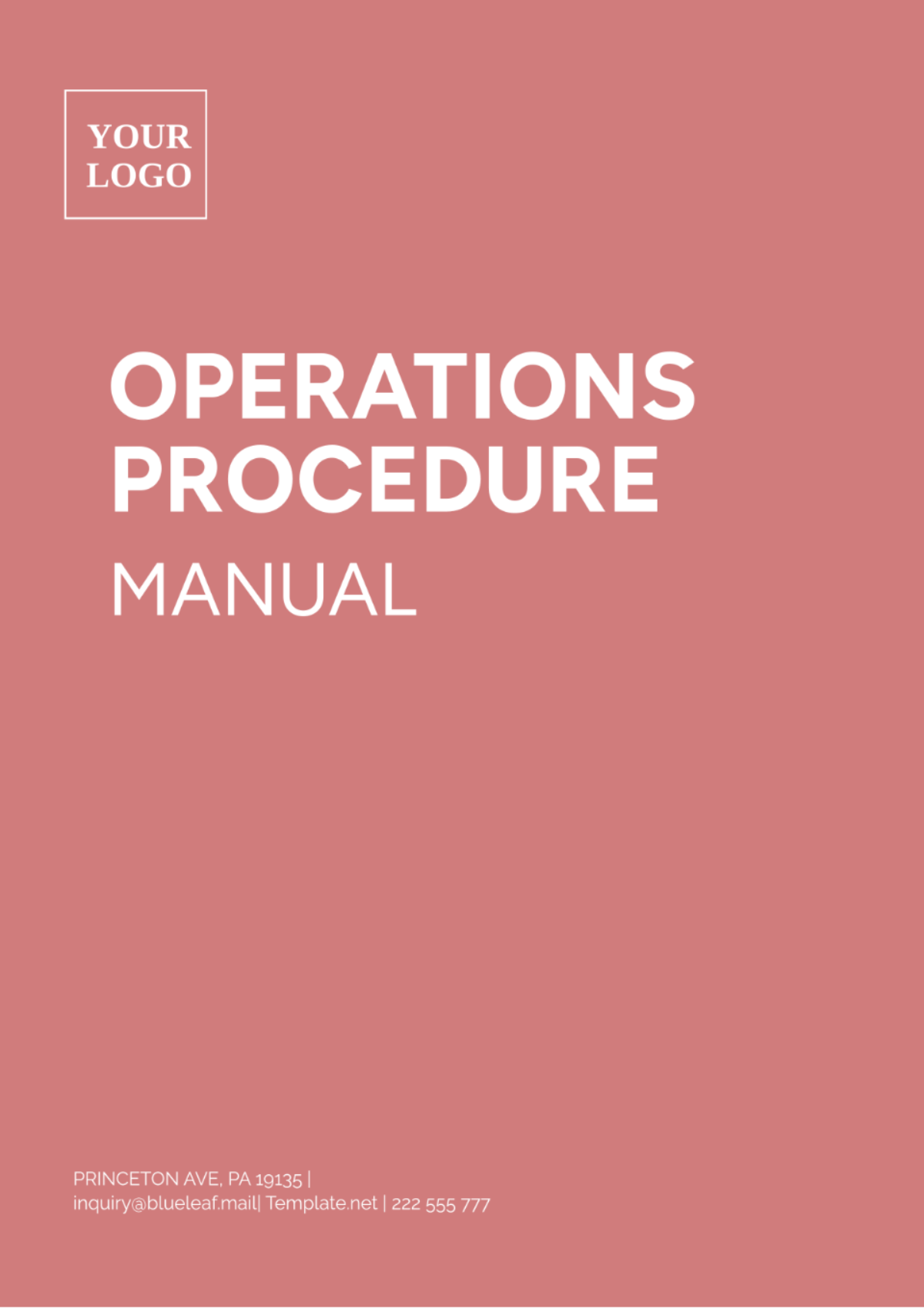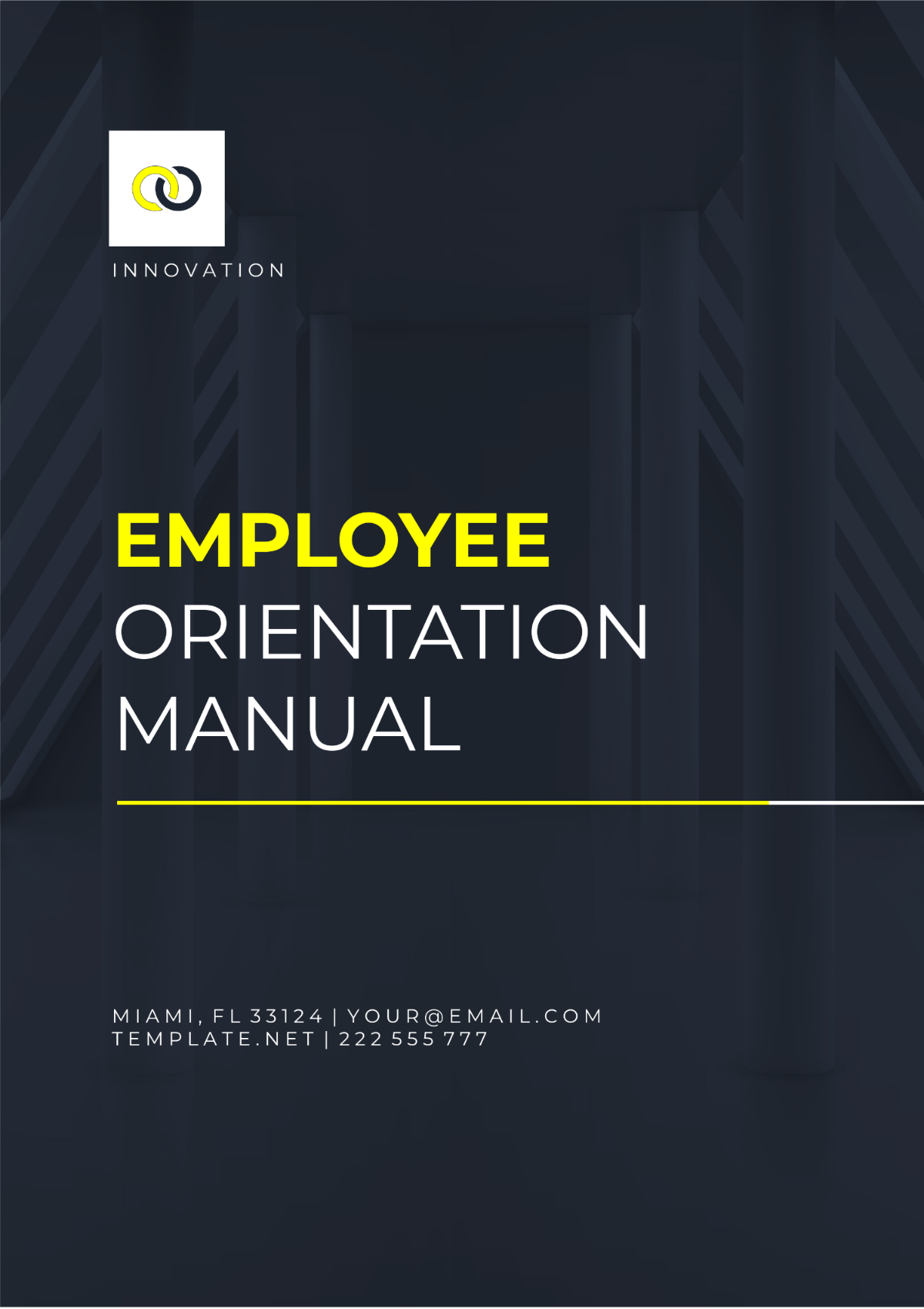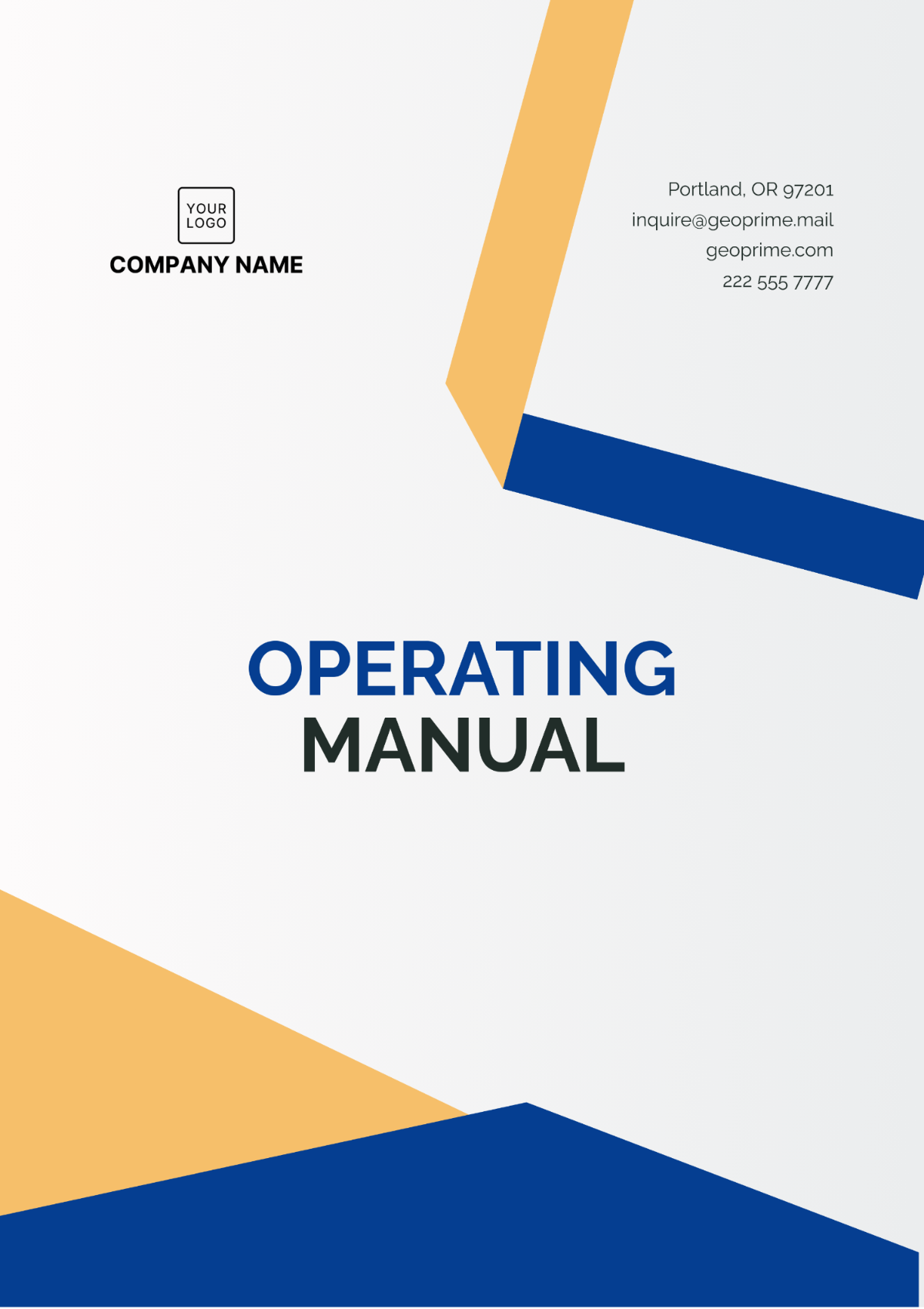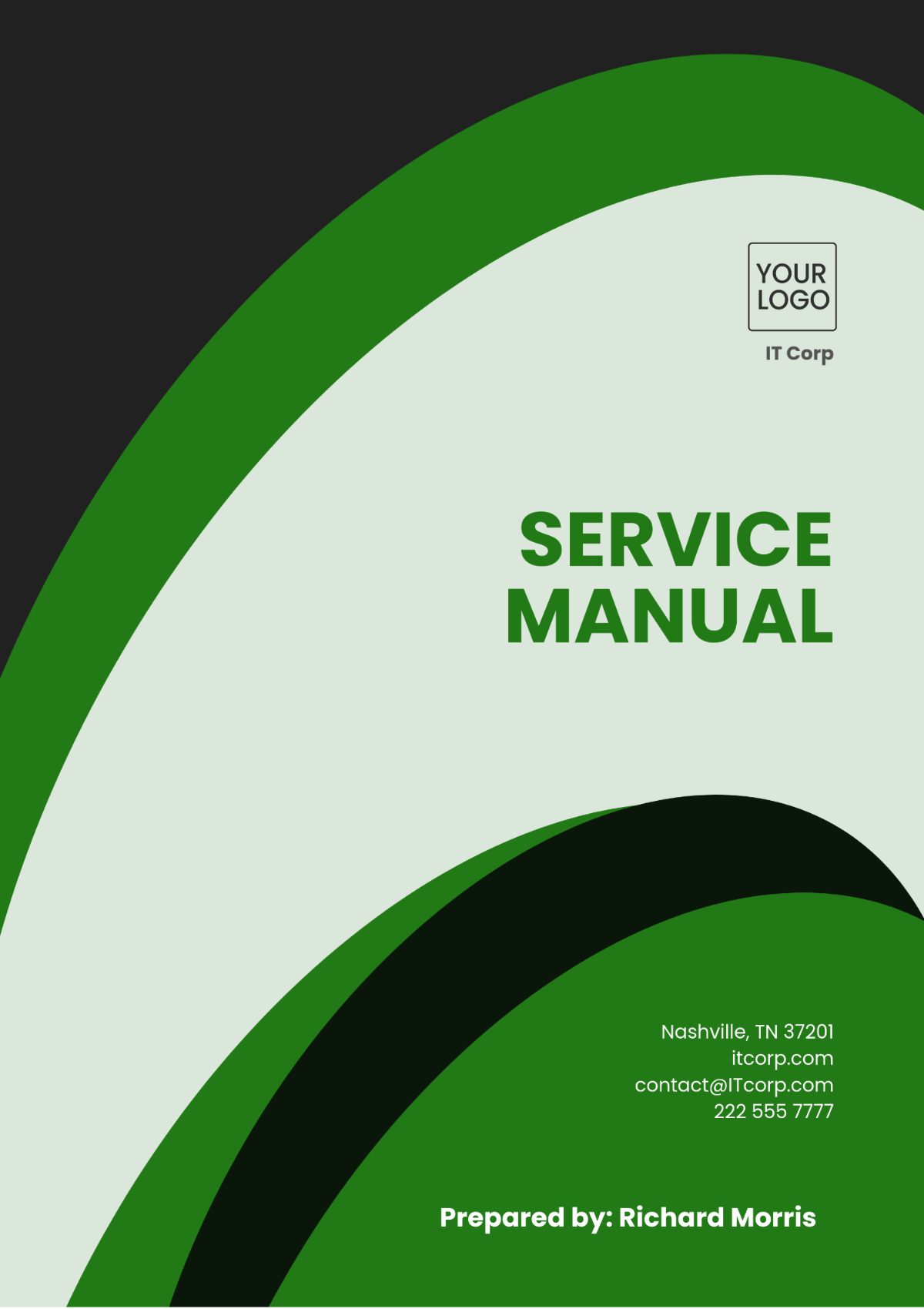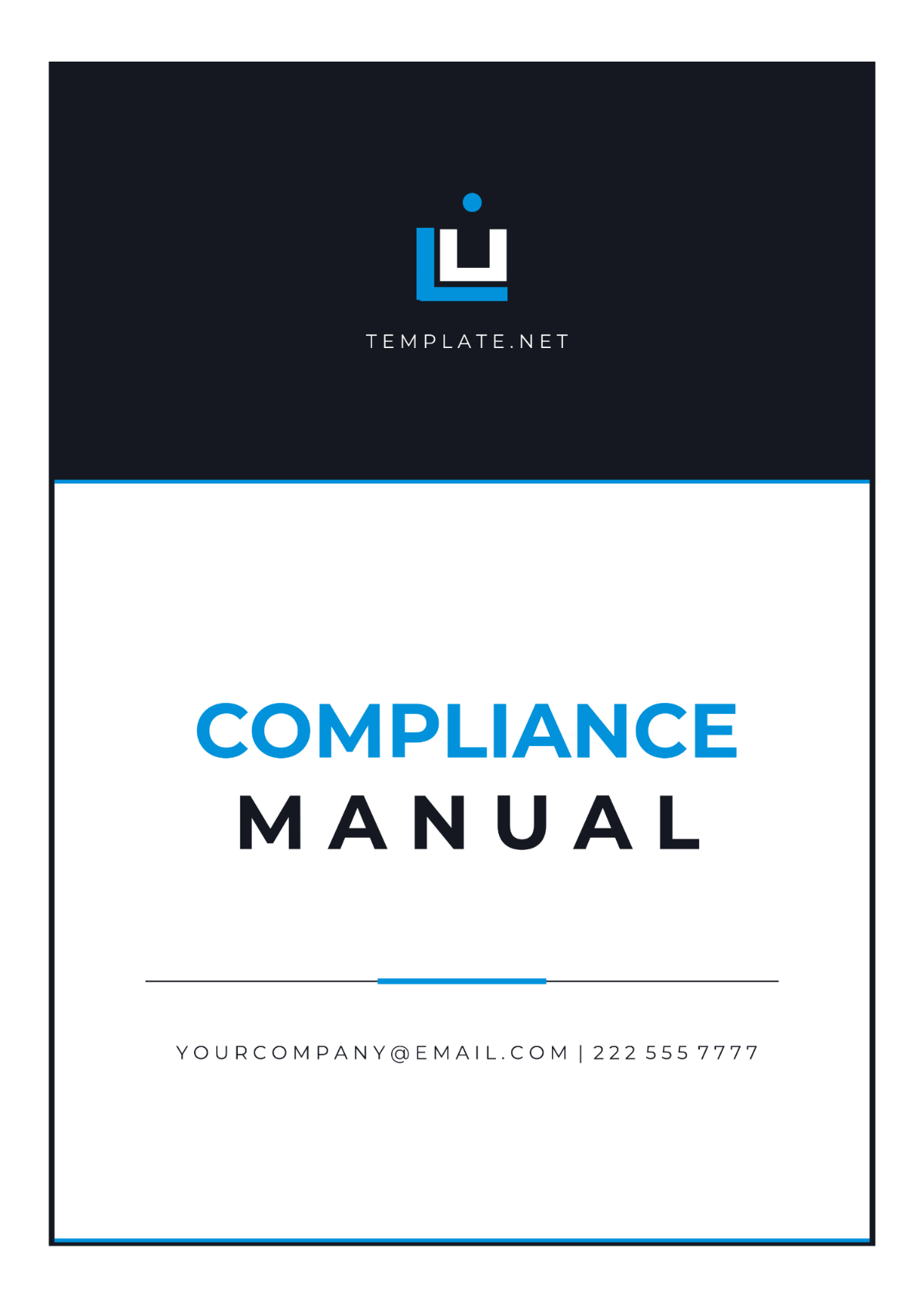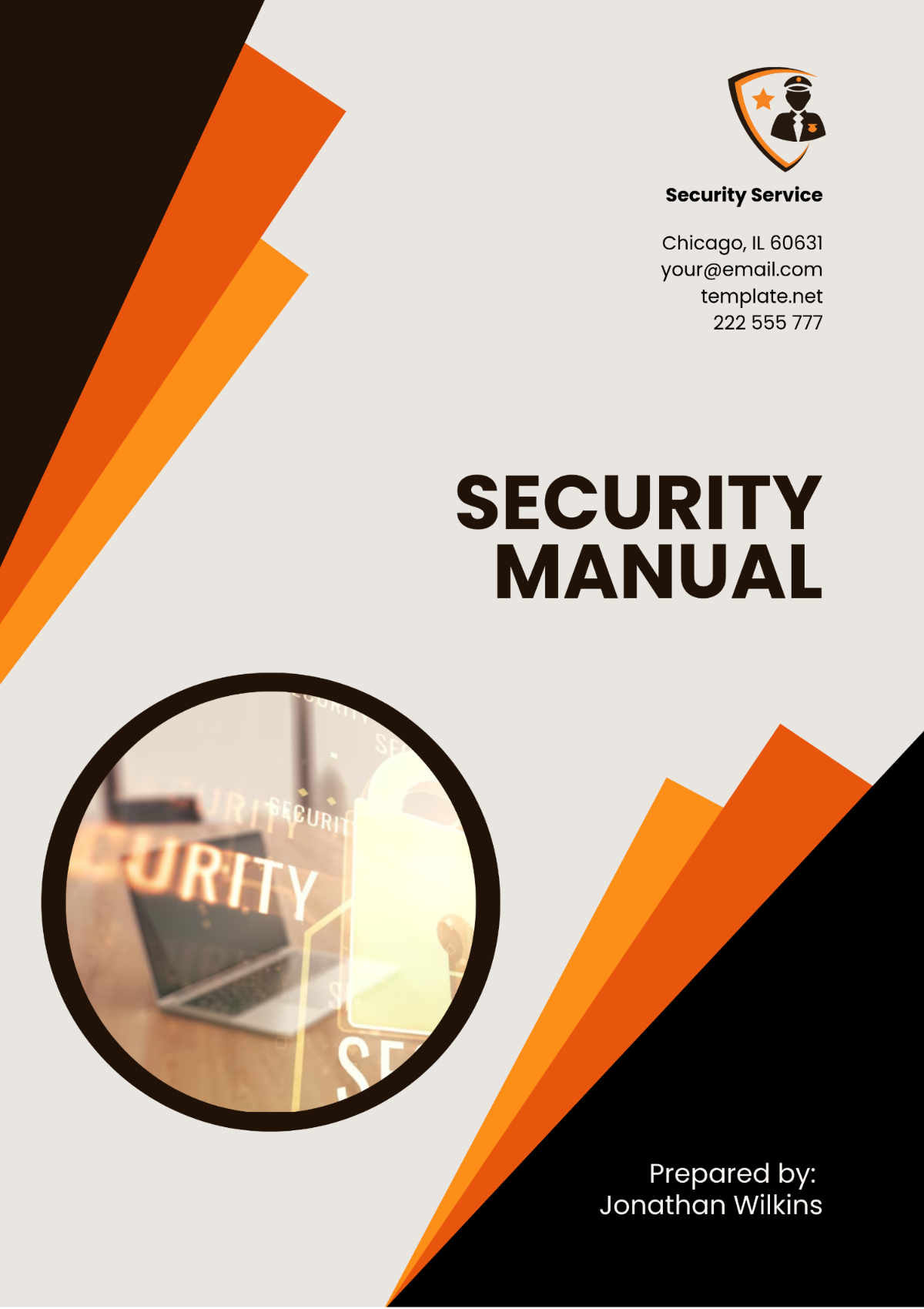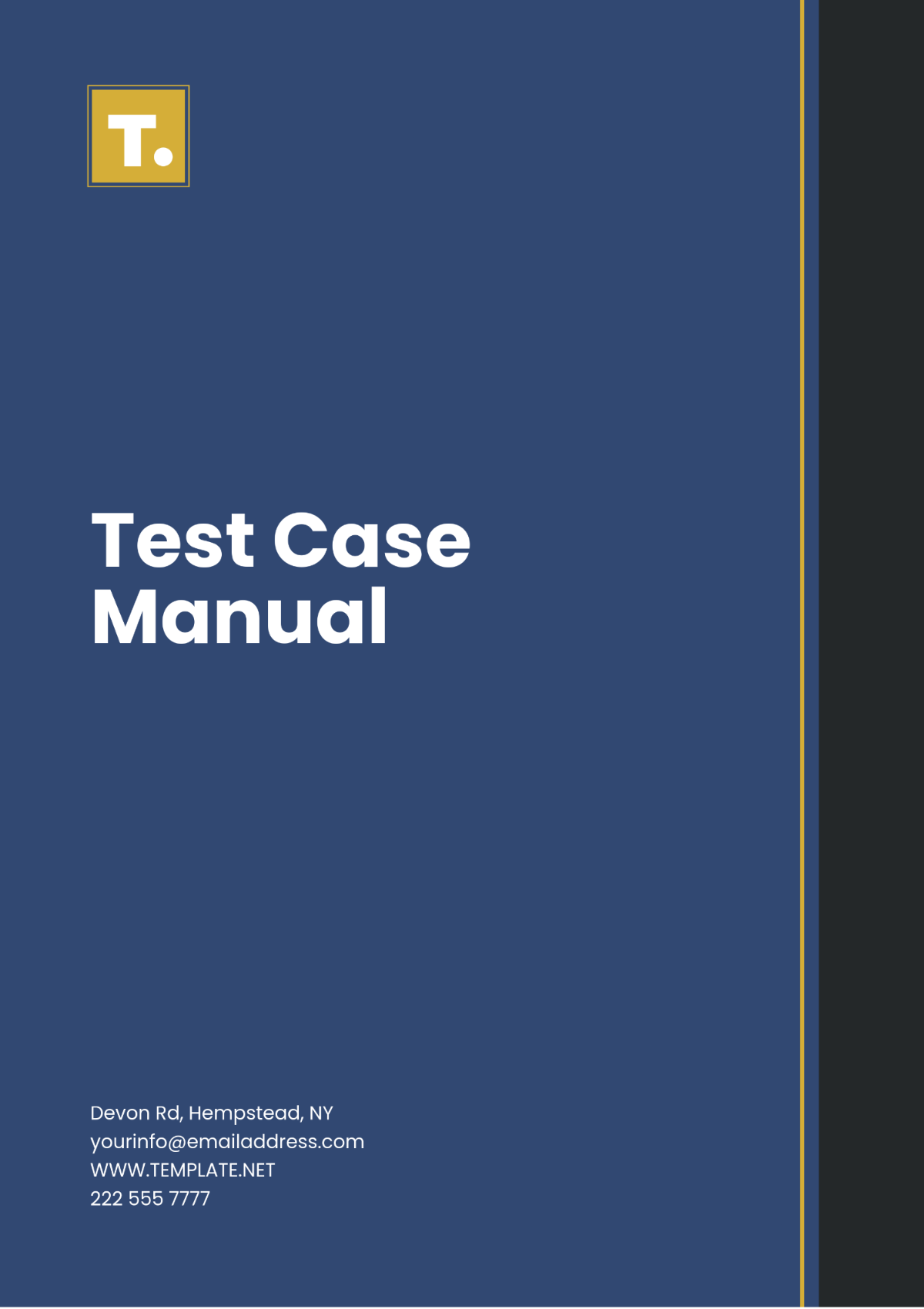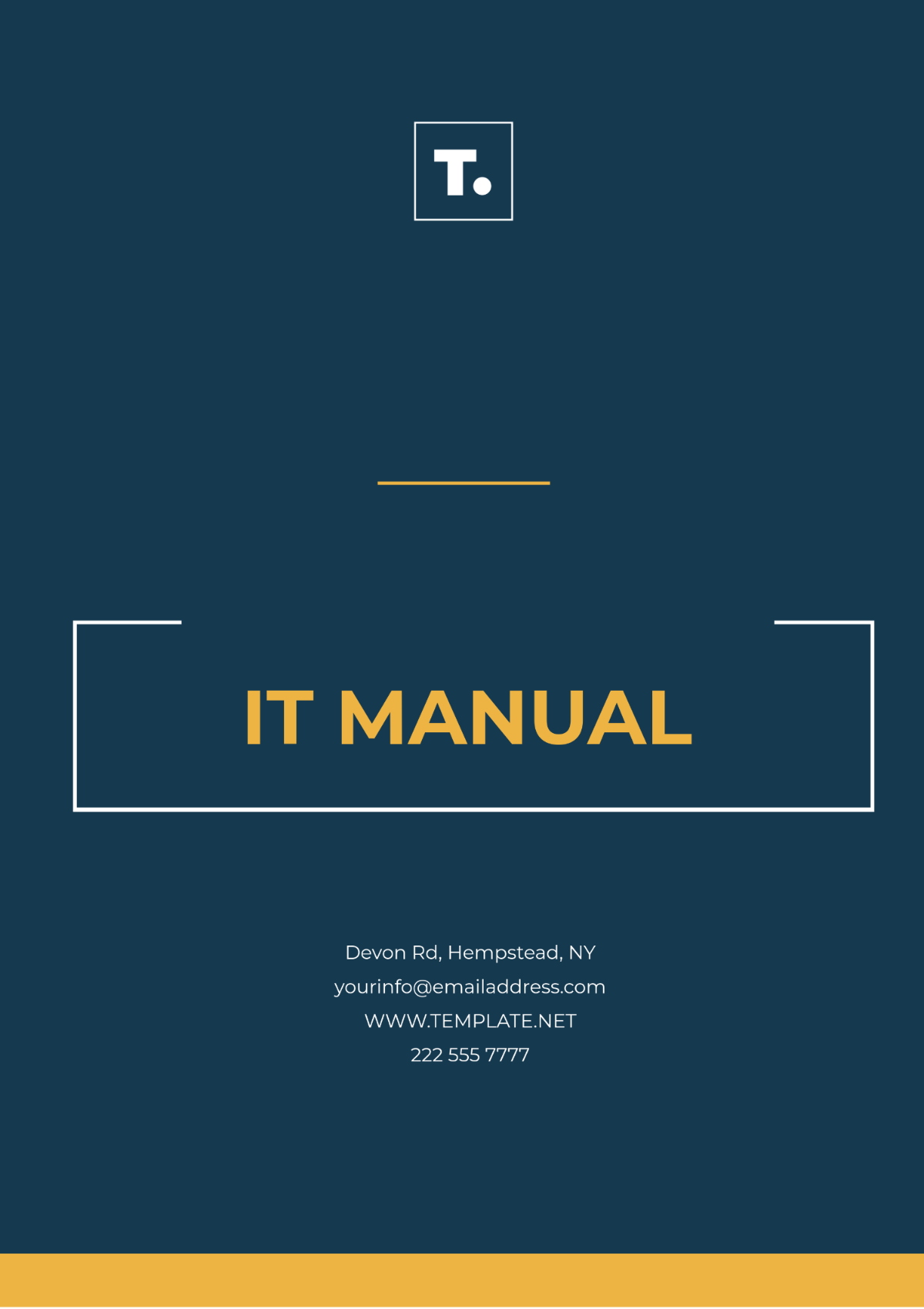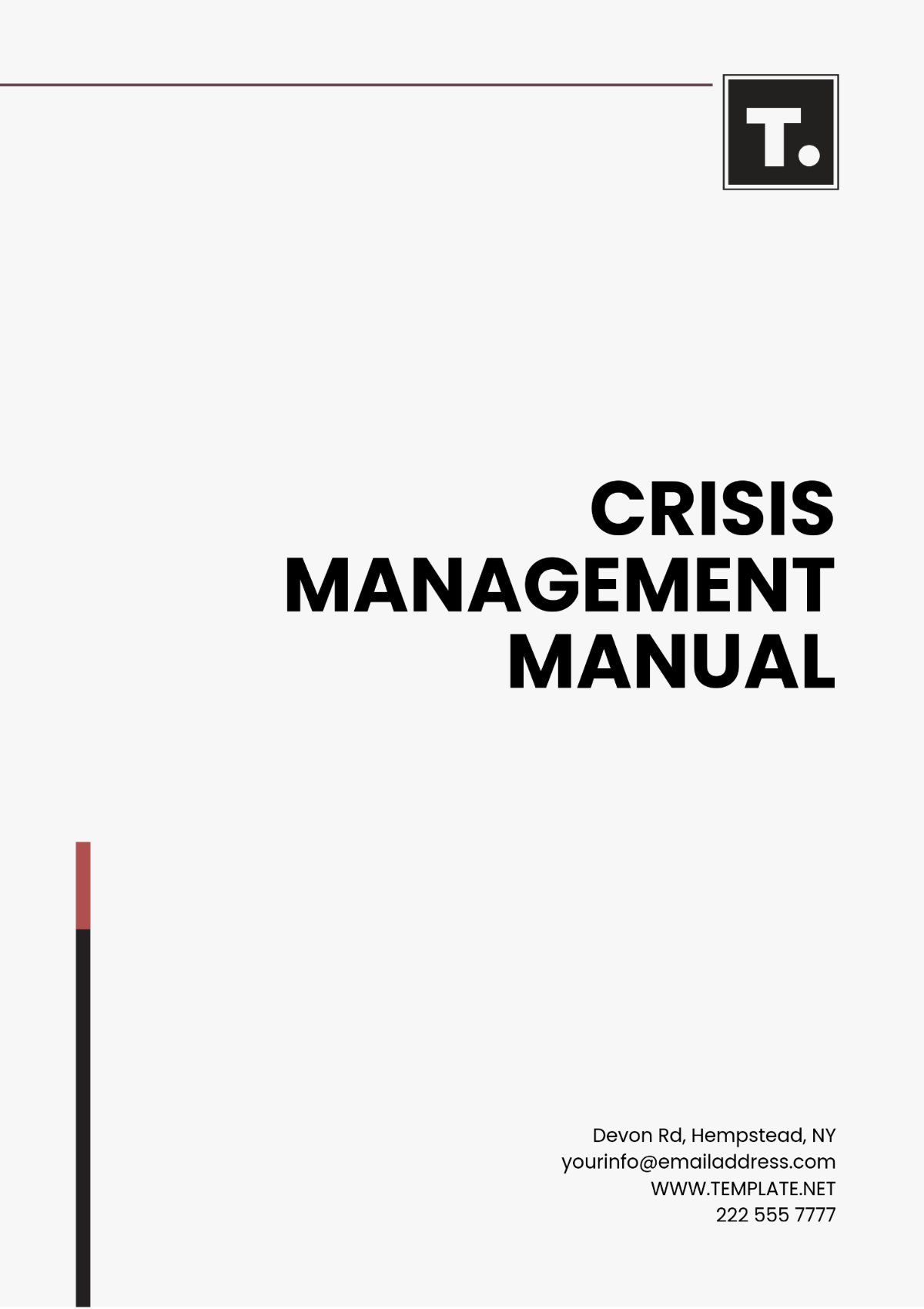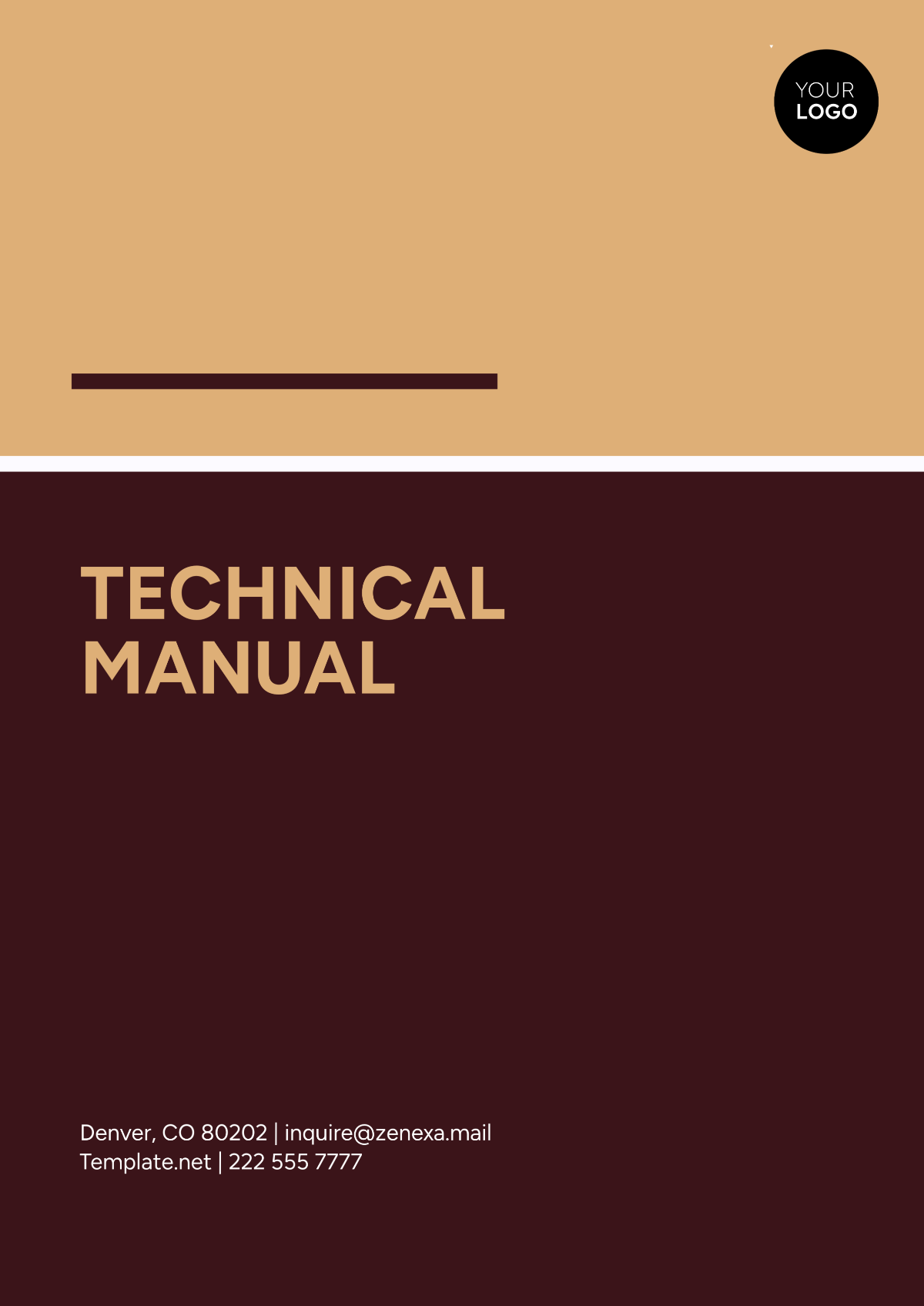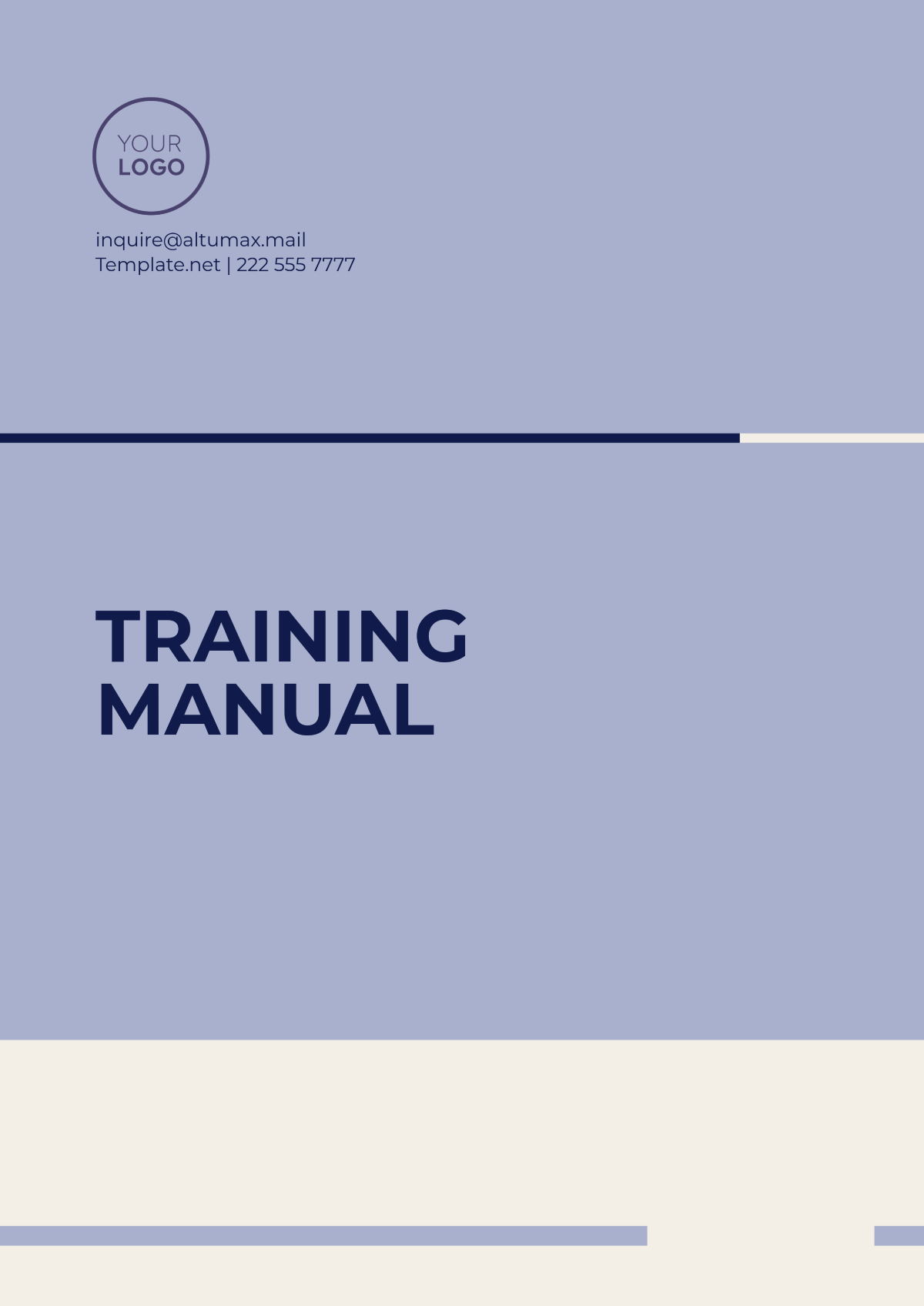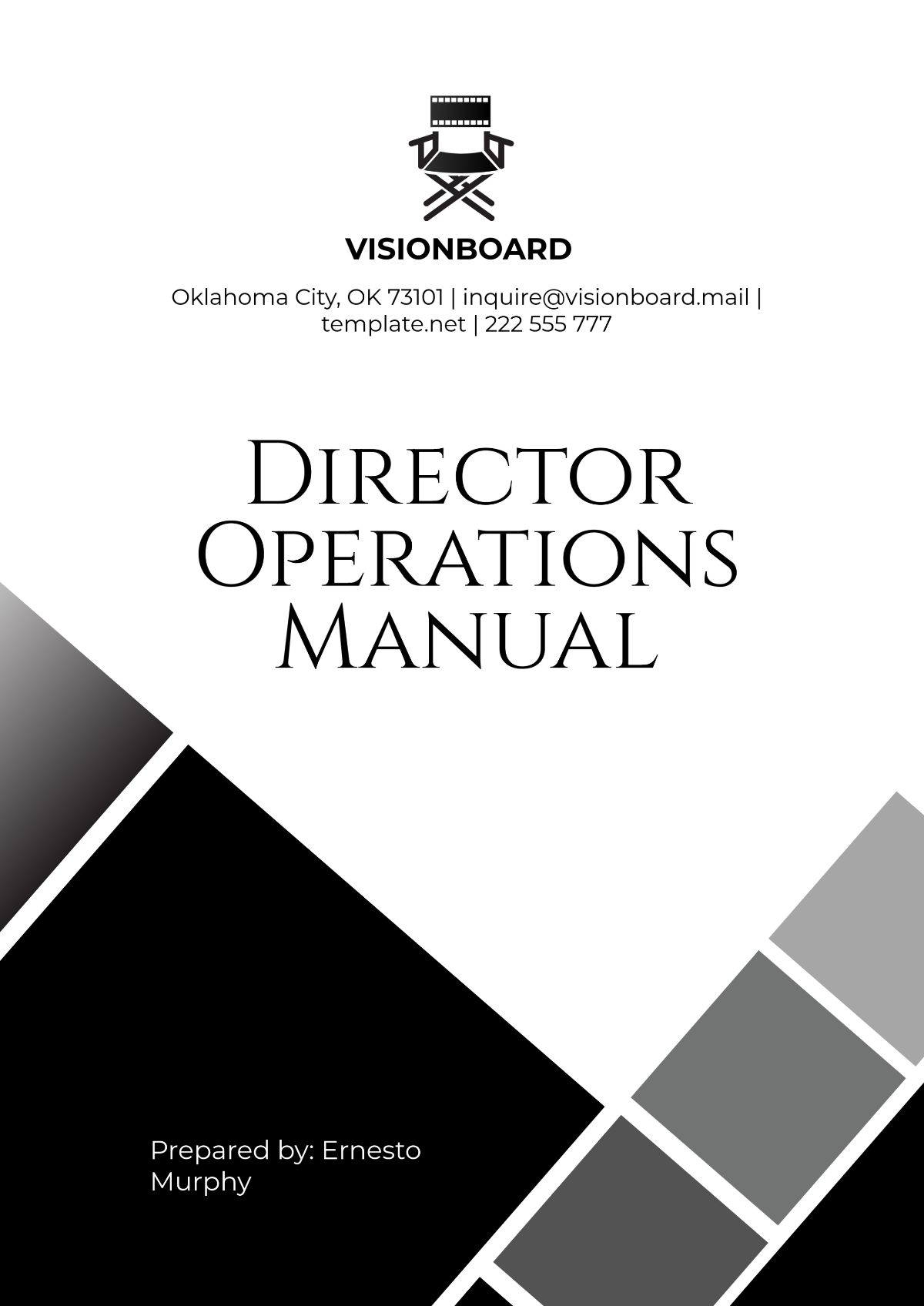I. Introduction
This Administration Electronic Records Management Manual serves as a comprehensive guide to effectively managing electronic records within [Your Company Name]. In today's digital age, proper management of electronic records is crucial for maintaining efficiency, compliance, and security across all aspects of our operations.
II. Importance of Electronic Records Management
Effective electronic records management ensures that vital information is organized, accessible, and protected throughout its lifecycle. By implementing robust electronic records management practices, [Your Company Name] can enhance decision-making processes, streamline workflows, mitigate risks, and safeguard sensitive information.
Efficiency: Electronic records management streamlines the process of creating, storing, retrieving, and sharing information, leading to increased efficiency in workflows and decision-making processes.
Accessibility: Digital records can be accessed quickly and from anywhere with an internet connection, enabling employees to retrieve the information they need in a timely manner, thereby improving productivity.
Compliance: Proper electronic records management ensures that organizations comply with relevant laws, regulations, and industry standards, reducing the risk of non-compliance penalties and legal liabilities.
Security: Electronic records management includes measures to protect sensitive information from unauthorized access, alteration, or loss, safeguarding the integrity and confidentiality of data.
Cost Savings: By reducing the need for physical storage space, minimizing paper usage, and optimizing processes, electronic records management can result in significant cost savings for organizations.
Risk Mitigation: Effective management of electronic records helps mitigate risks associated with data breaches, litigation, and regulatory violations by implementing security controls, retention policies, and disaster recovery plans.
Decision Support: Organized and accessible electronic records provide valuable insights and data-driven analytics that support informed decision-making processes, leading to better business outcomes.
Business Continuity: By implementing backup and disaster recovery procedures for electronic records, organizations ensure continuity of operations even in the event of unexpected disruptions or emergencies.
Collaboration: Electronic records management facilitates collaboration among team members by enabling seamless sharing and editing of documents, fostering teamwork and innovation.
Sustainability: Transitioning to electronic records reduces reliance on paper-based documentation, leading to environmental benefits such as reduced carbon footprint and conservation of natural resources.
III. Legal and Regulatory Compliance Requirements
Compliance with legal and regulatory requirements is paramount for [Your Company Name]. This section outlines the various laws, regulations, and industry standards that govern electronic records management practices. By adhering to these requirements, we uphold the integrity of our operations and protect against potential legal liabilities.
General Data Protection Regulation (GDPR): Compliance with GDPR is essential for organizations handling personal data of individuals in the European Union (EU). It includes requirements for data protection, privacy, transparency, and accountability.
Health Insurance Portability and Accountability Act (HIPAA): HIPAA regulates the handling of protected health information (PHI) in the healthcare industry, ensuring confidentiality, integrity, and availability of electronic health records (EHRs).
Sarbanes-Oxley Act (SOX): SOX mandates strict controls and accountability for financial reporting and disclosure practices, including the retention and management of electronic records related to financial transactions.
California Consumer Privacy Act (CCPA): Similar to GDPR, CCPA imposes requirements on the collection, use, and protection of personal information of California residents, including electronic records.
Federal Information Security Management Act (FISMA): FISMA establishes standards and guidelines for securing federal government information systems, including electronic records management practices.
Family Educational Rights and Privacy Act (FERPA): FERPA protects the privacy of student education records and governs their disclosure, including electronic records maintained by educational institutions.
Electronic Communications Privacy Act (ECPA): ECPA governs the interception and disclosure of electronic communications, including requirements for the secure management of electronic records containing communications data.
Financial Industry Regulatory Authority (FINRA) Rules: FINRA rules impose requirements on securities firms for the retention and supervision of electronic communications and records, including email correspondence.
Federal Rules of Civil Procedure (FRCP): FRCP governs the discovery and disclosure of electronically stored information (ESI) in federal court proceedings, outlining standards for the preservation, production, and authentication of electronic records.
Payment Card Industry Data Security Standard (PCI DSS): PCI DSS establishes security requirements for organizations handling credit card data, including electronic records containing cardholder information.
International Organization for Standardization (ISO) Standards: Standards such as ISO 27001 (Information Security Management) and ISO 15489 (Records Management) provide frameworks for establishing effective electronic records management systems and security controls.
Industry-Specific Regulations: Various industries have specific regulations governing electronic records management, such as the Federal Energy Regulatory Commission (FERC) standards for energy sector organizations or the Federal Aviation Administration (FAA) regulations for aviation records.
State and Local Regulations: In addition to federal regulations, organizations must also comply with state and local laws governing electronic records management, which may vary depending on jurisdiction.
Contractual Obligations: Organizations may have contractual obligations with customers, partners, or vendors regarding the management and protection of electronic records, which must be adhered to as part of compliance efforts.
IV. Electronic Records Classification and Taxonomy
Proper classification and taxonomy are fundamental to organizing electronic records effectively. This section provides guidance on establishing a consistent classification system and taxonomy framework tailored to the specific needs of [Your Company Name]. By categorizing records appropriately, we facilitate retrieval, minimize duplication, and ensure data consistency.
Administrative Records: Documents related to the internal management and operations of the organization, including policies, procedures, meeting minutes, and administrative correspondence.
Financial Records: Records pertaining to financial transactions, accounts, budgets, invoices, receipts, financial reports, and tax filings.
Human Resources Records: Personnel files, employment contracts, performance evaluations, training records, payroll information, and benefits documentation.
Customer/Client Records: Information related to customers or clients, such as contact details, purchase history, service requests, contracts, and communications.
Vendor/Supplier Records: Documentation related to vendors or suppliers, including contracts, agreements, invoices, purchase orders, and vendor communications.
Legal Records: Legal agreements, contracts, licenses, permits, litigation documents, intellectual property records, and regulatory filings.
Healthcare Records: Patient medical records, treatment plans, diagnostic reports, insurance claims, and other healthcare-related documentation (for organizations in the healthcare industry).
Research and Development Records: Data, reports, patents, prototypes, research findings, and intellectual property related to research and development activities.
Project Records: Documentation related to specific projects, including project plans, timelines, milestones, progress reports, and project communications.
Marketing and Sales Records: Marketing materials, advertising campaigns, sales reports, customer surveys, lead lists, and market research data.
Compliance Records: Documents related to regulatory compliance efforts, audit reports, compliance policies, certifications, and compliance training materials.
Quality Assurance Records: Records related to quality control processes, product testing results, quality assurance procedures, and certifications (for organizations in manufacturing or production).
Environmental Records: Documentation related to environmental impact assessments, permits, pollution control measures, sustainability initiatives, and environmental compliance reports.
Training and Development Records: Records related to employee training and development programs, including training materials, course schedules, attendance records, and certifications.
V. Records Retention and Disposal Policies
Records retention and disposal policies dictate the lifecycle management of electronic records. In this section, we outline the criteria for determining retention periods, archival procedures, and secure disposal methods. By adhering to these policies, we maintain compliance, optimize storage resources, and mitigate the risks associated with retaining unnecessary records. The following are key components of our records retention and disposal policies:
Retention Periods: Clearly define the duration for which different types of records should be retained based on their legal, regulatory, operational, and historical value. Consider factors such as statutory requirements, industry standards, and business needs when establishing retention periods.
Archival Procedures: Specify procedures for identifying and transferring records that have long-term or historical value to archival storage. Outline criteria for selecting records for archival preservation, such as significance, uniqueness, and enduring value to the organization.
Disposal Authorization: Establish processes for obtaining authorization to dispose of records that have met their retention requirements. Define roles and responsibilities for individuals or committees responsible for approving disposal requests and ensure that disposal decisions are documented and auditable.
Secure Disposal Methods: Identify secure methods for disposing of electronic records at the end of their retention period to prevent unauthorized access or disclosure of sensitive information. Implement procedures for securely deleting or destroying electronic records in compliance with data privacy and security requirements.
Electronic Shredding: Utilize electronic shredding tools or software to securely erase or overwrite electronic records to render them irrecoverable. Ensure that electronic shredding methods comply with industry best practices and regulatory standards for data destruction.
Physical Destruction: For electronic records stored on physical media such as hard drives, tapes, or optical disks, establish procedures for physically destroying the media to prevent data recovery. Use certified destruction services or equipment to ensure complete and irreversible destruction of electronic records.
Documentation and Audit Trails: Maintain comprehensive documentation of all records retention and disposal activities, including records schedules, disposal authorizations, disposal logs, and audit trails. Keep accurate records of the disposition of electronic records to demonstrate compliance with retention policies and regulatory requirements.
Training and Awareness: Provide training and awareness programs to educate employees about the importance of proper records retention and disposal practices. Ensure that employees understand their roles and responsibilities in adhering to records management policies and procedures.
Regular Review and Updates: Conduct regular reviews of records retention and disposal policies to ensure that they remain current and effective. Update policies as needed to reflect changes in organizational needs, regulatory requirements, and technological advancements.
Continuous Improvement: Continuously evaluate and refine records retention and disposal practices to optimize efficiency, minimize risks, and enhance compliance. Solicit feedback from stakeholders, monitor industry trends, and incorporate lessons learned from audits or compliance incidents to improve records management processes.
VI. Access Control and Security Measures
At [Your Company Name], we prioritize the security and confidentiality of electronic records through robust access control measures and comprehensive security protocols. Our approach to access control and security encompasses the following key components:
User Authentication:
Employees are required to use unique login credentials, including usernames and strong passwords, to access electronic records systems.
Multi-factor authentication (MFA) is enforced for accessing sensitive systems or data, adding an extra layer of security beyond passwords.
Role-Based Access Control (RBAC):
Access to electronic records is granted based on employees' roles, responsibilities, and job functions.
RBAC ensures that individuals have access only to the information necessary to perform their duties, minimizing the risk of unauthorized access.
Access Permissions and Privileges:
Granular access permissions are implemented to control who can view, modify, or delete electronic records.
Access privileges are regularly reviewed and updated to align with employees' changing roles and responsibilities.
Encryption:
Data encryption technologies, such as Secure Sockets Layer (SSL) and Transport Layer Security (TLS), are employed to encrypt data transmitted over networks, protecting it from interception or eavesdropping.
At rest, sensitive electronic records are encrypted to safeguard against unauthorized access if storage media are compromised.
Network Security:
Firewalls, intrusion detection/prevention systems (IDS/IPS), and other network security measures are deployed to protect against unauthorized access and malicious attacks.
Virtual Private Networks (VPNs) are utilized to secure remote access to internal systems and resources, ensuring secure connectivity for remote employees.
Auditing and Logging:
Comprehensive auditing and logging mechanisms are in place to track access to electronic records systems and monitor user activities.
Logs capture details such as login attempts, access requests, modifications to records, and administrative actions, enabling real-time monitoring and forensic analysis.
Physical Security Controls:
Physical access to data centers, server rooms, and other facilities housing electronic records is restricted to authorized personnel only.
Surveillance cameras, access control systems, and other physical security measures are employed to prevent unauthorized entry and detect suspicious activities.
Data Loss Prevention (DLP):
DLP technologies are utilized to prevent unauthorized sharing or leakage of sensitive electronic records through email, messaging platforms, or removable media.
Content filtering, data classification, and policy enforcement mechanisms are implemented to identify and block unauthorized data transfers.
Regular Security Assessments and Penetration Testing:
Regular security assessments, vulnerability scans, and penetration testing are conducted to identify and address potential security vulnerabilities and weaknesses in electronic records systems.
Findings from security assessments are promptly remediated to maintain the integrity and confidentiality of electronic records.
Employee Training and Awareness:
Comprehensive training programs are provided to employees to educate them about security best practices, including password management, phishing awareness, and data handling procedures.
Employees are regularly reminded of their responsibilities in safeguarding electronic records and reporting any security incidents or concerns.
VII. Records Preservation and Backup Procedures
Preserving the long-term integrity and accessibility of electronic records requires robust backup and preservation strategies. This section outlines the procedures for regular backups, offsite storage, disaster recovery planning, and other preservation measures. By maintaining reliable backups and contingency plans, we safeguard against data loss and ensure business continuity.
Regular Data Backups:
[Your Company Name] conducts regular backups of electronic records to ensure their availability in the event of data loss, corruption, or system failure.
Backup schedules are established based on the criticality and frequency of data changes, with some systems backed up daily, while others may be backed up weekly or monthly.
Incremental and Full Backups:
Incremental backups are performed to capture changes made to electronic records since the last backup, minimizing backup time and storage requirements.
Periodic full backups are also conducted to create complete copies of electronic records systems, providing a comprehensive recovery point in case of catastrophic failure.
Offsite Backup Storage:
Backup data is replicated and stored at offsite locations to mitigate the risk of data loss due to disasters such as fires, floods, or natural calamities affecting the primary data center.
Offsite backup storage facilities are equipped with security measures and environmental controls to ensure the safety and integrity of backup data.
Encryption of Backup Data:
Backup data is encrypted during transmission and storage to protect it from unauthorized access or interception.
Advanced encryption algorithms and key management practices are employed to safeguard backup data against data breaches or unauthorized tampering.
Versioning and Retention Policies:
Versioning mechanisms are utilized to maintain multiple copies of electronic records over time, allowing for the restoration of previous versions if needed.
Retention policies are applied to backup data to define how long backup copies are retained before being overwritten or purged, ensuring compliance with legal and regulatory requirements.
Backup Testing and Validation:
Regular testing and validation of backup procedures are conducted to ensure the integrity and recoverability of backup data.
Recovery tests simulate real-world scenarios to verify the effectiveness of backup and restoration processes and identify any gaps or issues that need to be addressed.
Disaster Recovery Planning:
[Your Company Name] maintains comprehensive disaster recovery plans outlining procedures for restoring electronic records systems in the event of a disaster or disruptive incident.
Recovery time objectives (RTOs) and recovery point objectives (RPOs) are established to guide recovery efforts and minimize downtime in the event of a disaster.
Redundancy and High Availability:
Redundant systems and infrastructure are deployed to ensure high availability of electronic records systems and minimize the risk of service interruptions.
Failover mechanisms and load balancing are implemented to automatically redirect traffic to redundant systems in the event of hardware or software failures.
Continuous Monitoring and Auditing:
Continuous monitoring and auditing of backup processes and systems are conducted to detect and respond to any anomalies, errors, or failures promptly.
Logs and audit trails are maintained to track backup activities, including successful backups, failures, and data integrity checks.
Employee Training and Awareness:
[Your Company Name] provides training and awareness programs to educate employees about backup procedures, disaster recovery plans, and their roles and responsibilities in ensuring the integrity and availability of electronic records.
Employees are trained on how to initiate backup procedures, perform recovery operations, and report any issues or concerns related to backup systems.
VIII. Training and Awareness Programs
At [Your Company Name], we recognize that effective training and awareness programs are essential for promoting a culture of compliance, accountability, and security awareness among employees. Our comprehensive training and awareness initiatives aim to educate employees about their roles and responsibilities in managing electronic records, protecting sensitive information, and adhering to established policies and procedures. The following components are integral to our training and awareness programs:
Onboarding Training:
New employees receive comprehensive onboarding training that includes an overview of electronic records management policies, procedures, and best practices.
Onboarding sessions cover topics such as data security, access control, records retention, and the importance of compliance with regulatory requirements.
Role-Based Training:
Role-based training programs are tailored to the specific needs and responsibilities of different employee roles within the organization.
Employees receive training relevant to their job functions, such as data entry, document management, information security, or administrative tasks.
Policy and Procedure Training:
Employees are educated about [Your Company Name]'s electronic records management policies, including records retention and disposal policies, access control measures, and security protocols.
Training sessions provide detailed explanations of policy requirements, guidelines for compliance, and examples of best practices for managing electronic records effectively.
Security Awareness Training:
Regular security awareness training sessions are conducted to educate employees about common cybersecurity threats, such as phishing attacks, malware, social engineering, and data breaches.
Employees learn how to recognize and respond to security threats, protect sensitive information, and adhere to security protocols to mitigate risks.
Data Privacy Training:
Training programs focus on data privacy principles, regulations, and best practices to ensure that employees understand the importance of protecting personal and sensitive information.
Employees learn about data privacy laws and regulations applicable to their roles, including GDPR, HIPAA, CCPA, and other relevant standards.
Records Management Training:
Training sessions cover the fundamentals of records management, including records classification, taxonomy, retention schedules, and disposal procedures.
Employees learn how to identify, categorize, and manage electronic records effectively throughout their lifecycle, from creation to disposal.
Technology Training:
Employees receive training on the use of electronic records management systems, document repositories, and collaboration tools to ensure proficiency in accessing, storing, and retrieving electronic records.
Training sessions may include hands-on demonstrations, tutorials, and user guides to familiarize employees with technology platforms and features.
Compliance Training:
Compliance training programs provide employees with an understanding of regulatory requirements, industry standards, and organizational policies related to electronic records management.
Employees learn about legal and regulatory obligations, consequences of non-compliance, and reporting procedures for potential compliance violations.
Continuous Reinforcement and Updates:
Training and awareness efforts are reinforced through periodic reminders, newsletters, and updates to keep employees informed about changes in policies, procedures, and regulatory requirements.
Feedback mechanisms are established to solicit input from employees, address questions or concerns, and continuously improve training programs based on evolving needs.
Metrics and Evaluation:
[Your Company Name] tracks and measures the effectiveness of training and awareness programs through metrics such as attendance rates, completion rates, and employee feedback surveys.
Regular evaluations are conducted to assess the impact of training on employee knowledge, behavior, and adherence to electronic records management practices.
IX. Conclusion
In conclusion, effective electronic records management is integral to the success and sustainability of [Your Company Name]. By adhering to the guidelines outlined in this manual, we demonstrate our commitment to maintaining the integrity, accessibility, and security of electronic records throughout their lifecycle. Together, we uphold the highest standards of professionalism, compliance, and accountability in managing electronic records within our organization.
